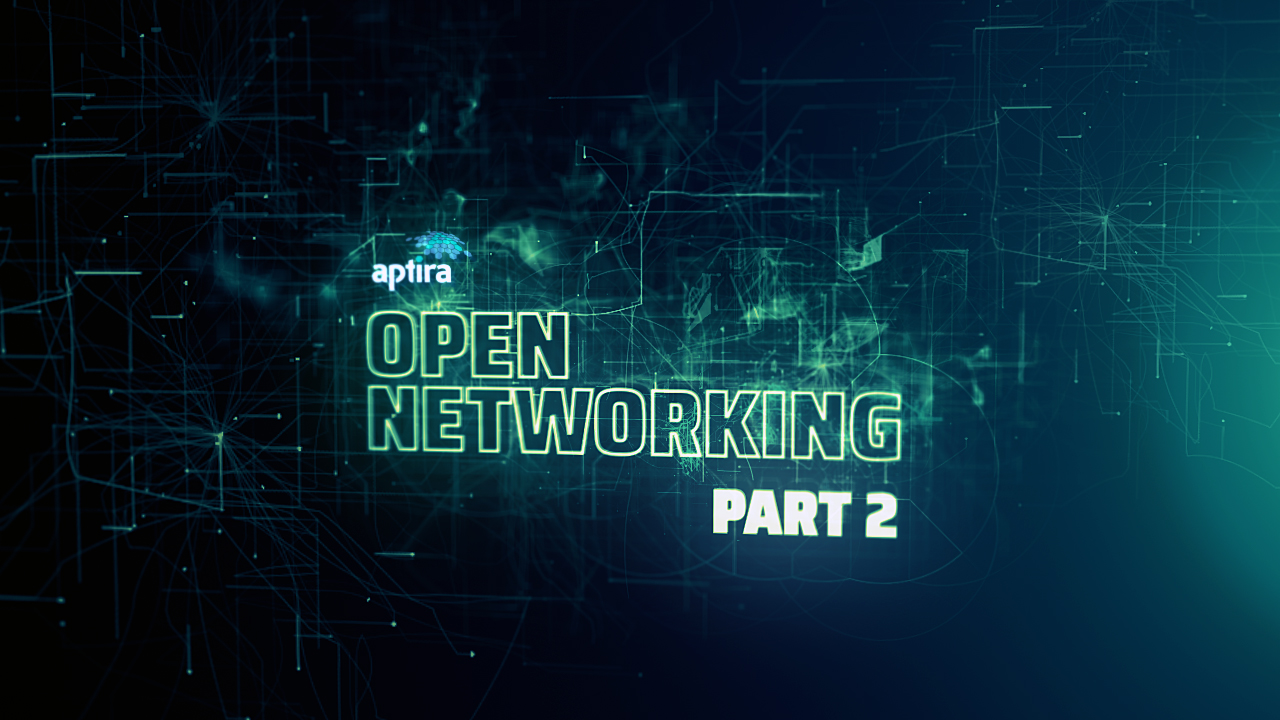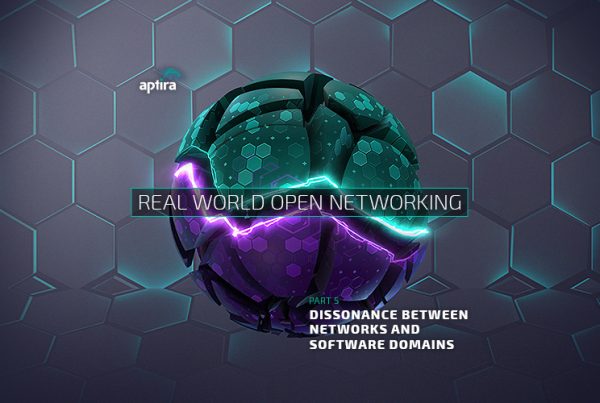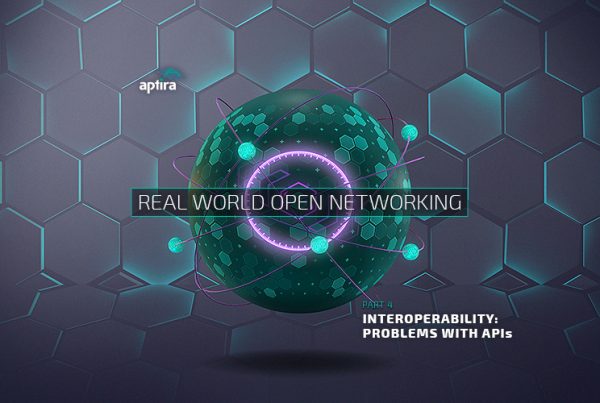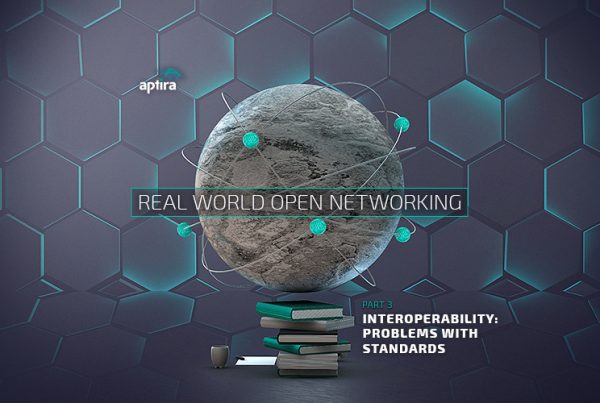
In our first post in this series on Open Networking “What is Open Networking?”, we outlined a set of nine (9) key areas that Aptira views are essential paradigms, technologies, or practices that we must employ for the realisation and management of highly performant, high-quality and high-value computing systems.
- Open Source Software
- Open Network Devices
- Open Compute Hardware
- Software Defined Networks
- Network Function Virtualisation
- Cloud Computing
- Automation
- Agile Methods & Processes
- Server Virtualisation
In this post I want to complete the top-level presentation of Aptira’s holistic view of Open Networking, and to prepare the ground for the rest of this series of articles.
We like to think of these nine components of Open Networking as fitting into three groups or “domains” of Infrastructure, Software and Integration. From one perspective, these domains are simply convenience groupings that represent several common attributes of the Open Networking components that fall into them.
But if we think about Open Networking from a value-creation perspective, its objective is to take technology components and shape them optimally to deliver the maximum alignment with end customer requirements. From this perspective the domains have very different qualities and we see a hierarchy like this:
These domains are supported by the generic practises common to all solution realisation projects: Software development, Project Management, Network and Systems engineering, procurement and so forth. These important capabilities are beyond the scope of this series of posts.
These domains are organised in this hierarchy to show the relative ability of to be shaped and moulded in order to meet the specific needs of the customer, sustainably and over the entire solutions lifecycle. In other words, for a solutions integrator, to what extent can these components be modified to ensure precise fit between need and solution. The integration domain sits at the top with the greatest level of flexibility, working down to the infrastructure level.
Now, how do we group our nine Open Networking key areas within these domains?
- Agile Methods & Processes (for Integration & Software Development)
- Automation
- Open Source Software
- Software Defined Networks
- Network Function Virtualisation
- Open Network Devices
- Open Compute Hardware
- Cloud Computing
- Server Virtualisation
This hierarchy is not meant to imply that any one technology or practice is “better” or “more important” than any other. Solution components from each of the nine key areas will most likely play a part in an integrated Open Networking solution. And furthermore, stability of the infrastructure level: the ability to rely on standardised, interoperable and proven solution components is the foundation of solution design for these types of solutions.
This hierarchy isn’t about a simple hardware/software split. Now, and increasingly more so in the Open networking marketplace, there is software at the core of every one of these components. As we will examine in later articles, Open Networking is critically dependent on a top-to-bottom understanding of the nature of software and software development.
”Our civilization depends critically on software;
Bjarne Stroustrup
it had better be quality software
What we have found during the many projects we’ve managed at Aptira is that these three domains require different approaches in terms of the paradigms, management techniques, practices and tools when integrating them into a coherent solution that meets customer needs.
Many Open Networking projects run into trouble because they ignore this fundamental separation and try a “one-size fits all” approach. Or even worse, projects fail to recognise the necessity of applying the hard-won lessons of systems engineering. To be a successful Open Networking integrator like Aptira, a deep understanding of the similarities and differences between each of these three domains is mandatory. And, as we will see, many organisations are not set up to manage across these domains, especially in a field as young as Open Networking.
”There is no silver bullet
Fred Brooks
Developing software is a difficult and troublesome process for many organisations, despite the many tools, techniques and methodologies available. The only thing harder and more troublesome than software development is systems integration involving Software and infrastructure components.
At its most simplistic, Open Networking is about the Integration of infrastructure and software into performant solutions to meet customer needs. Put simply, you could look at it this way:

As expert practitioners in the field of “Open Networking”, including SDN/NFV and ONAP Aptira can help guide you through these considerations to a desired outcome. Just reach out to us so we can have a chat.
And we will expand on these topics and more in future articles. Stay tuned.







